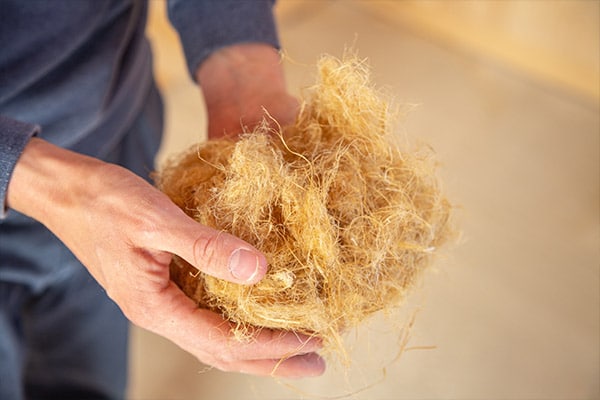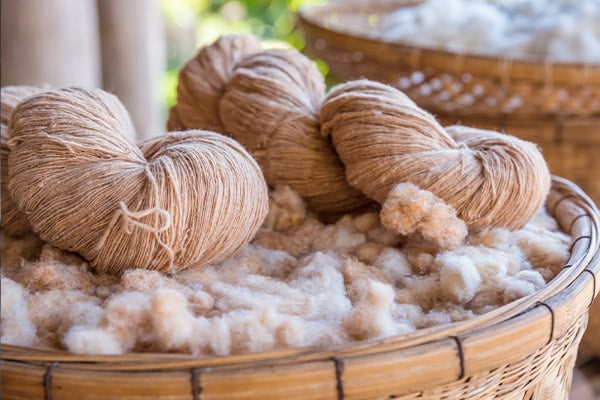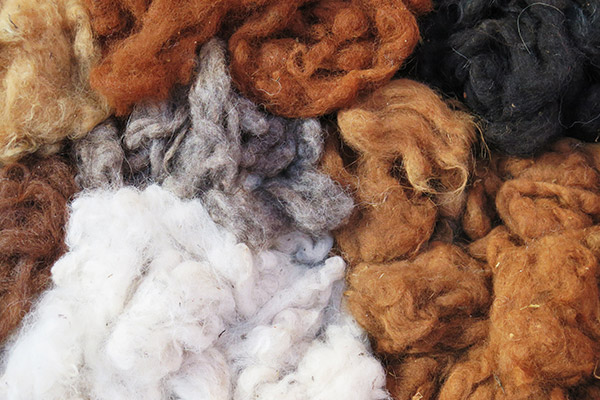Despite synthetic fibres having many advantageous properties which make them durable and more affordable, increased awareness of their high levels of contribution to pollution and extensive research has made scientists think twice.
Thus, natural fibres are being used by more and more industries as a step toward an eco-friendly product chain, including the automotive industry. There has also been an increase in demand for the commercial use of natural fibre-based composites for industrial sectors.
Natural fibres have been used for hundreds of years for our clothing, sheltering and much more. They are biopolymers sourced from animals (predominantly compromised of proteins) and plants (mainly made up of cellulose). One of their most positive traits is that they don’t harm the environment. However, like synthetic fibres, they also have their disadvantages.
What Are Natural Fibres?
Natural fibres are considered a renewable resource with numerous advantages including high stiffness and strength and biodegradable properties. They usually derive from animals and plants, as well as natural minerals. The fibres are actively used in several industries, from aircraft to automotive and architecture, manufacturing natural fibre-based parts for components.
In the future, it is likely we will see a decrease in the use of synthetic fibres as we slowly transition back to natural. However, researchers are currently looking into how they can battle the disadvantages such as poor resistance to moisture, which may result in enhancing and modification methods.

Hemp fibres
Types of Natural Fibres
Natural fibres are generally plant or animal based. Types of plant fibres include cotton, hemp, and flax. Natural animal fibres include wool (a primary source from sheep and alpacas), silk, angora, cashmere and felt.




Pros & Cons of Natural Fibres
PROS
Natural fibres’ pros often outweigh the cons. Their key advantages can include:
- Renewable and eco-friendly as production requires little energy and has low CO2 emissions.
- Electrical resistance properties.
- Biodegradable, unlike synthetic materials.
- Thermal and insulating properties.
- Do not irritate the skin or cause allergic reactions.
- When burnt, they do not produce poisonous gases.
- Affordable, but more expensive than synthetic fibres.
- Widely available in nature.
CONS
On the other hand, it is important to be aware of the cons when using natural fibres, which can include:
- Not very durable.
- Low density and lightweight.
- They have an incompatible nature.
- Absorb moisture and water which makes them easily at risk of damage.
One of the key pieces of information we can take away from this is that natural fibres are much better for the environment than synthetic fibres. For the past decade, scientists have been coming up with new ways to ensure natural fibres are reintroduced for use across commercial and industrial sectors.
We are proud to say that at Goonvean Fibres, our team operate on a reduced waste basis and strive to produce high-quality products that are environmentally friendly and sustainable. We do this whilst keeping our costs low for contractors, clients, and partners.


